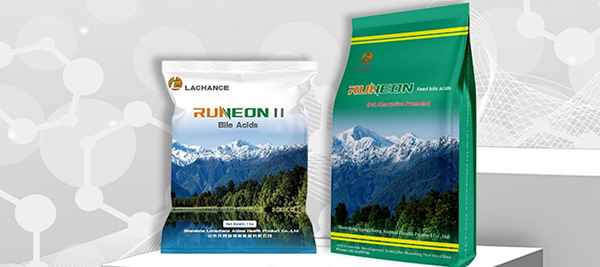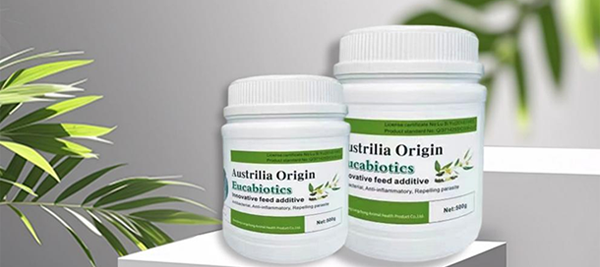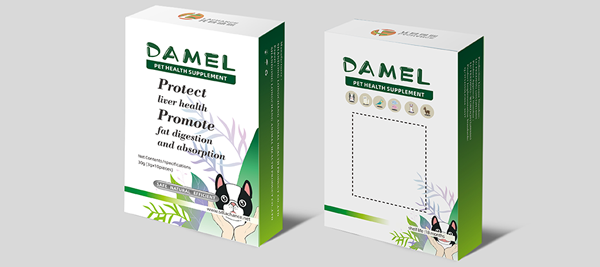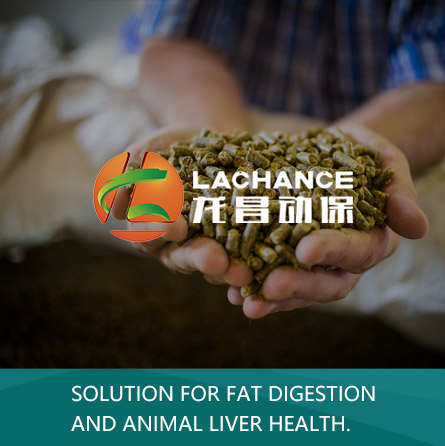Rice Bran in Animal Feed: Nutrition, Applications & Optimization
As a by-product of rice milling, rice bran accounts for 6%-8% of paddy weight. Despite its high nutritional value and low cost, it long remained underutilized. In recent years, with rising feed costs and growing emphasis on the circular economy, rice bran has gained recognition as a valuable alternative to conventional feed ingredients. While it offers significant nutritional advantages, its efficacy is influenced by antinutritional factors and storage stability.
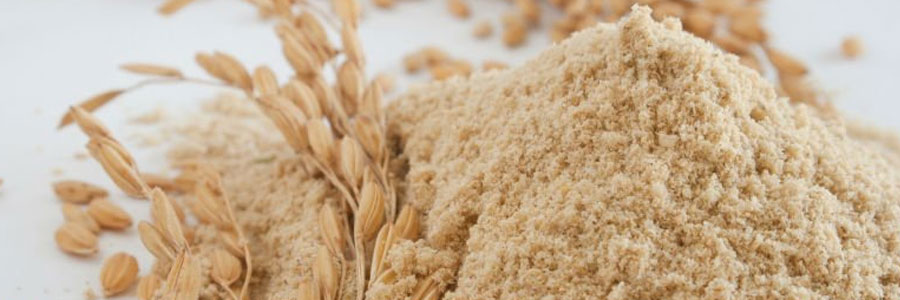
I Nutritional Characteristics and Antinutritional Factors of Rice Bran
1. Nutritional Value
Protein and Amino Acids: Rice bran contains 11.5%–14.5% crude protein, higher than corn (approx. 7%). Its amino acid profile is well-balanced, aligning closely with the FAO-recommended pattern for high-quality protein. Lysine and methionine levels are notably higher than in corn. Additionally, rice bran protein has low allergenicity, making it suitable for replacing corn in feeds for pigs, poultry, and other animals.
Lipids and Fiber: Crude fat content ranges from 10% to 18%, primarily composed of unsaturated fatty acids (e.g., C18:2 n-6), though it is prone to oxidative rancidity. Crude fiber content is 9.4%, slightly higher than corn, which can promote intestinal motility and microbial growth.
Vitamins and Minerals: Rich in B vitamins (e.g., B1, B2), iron, and manganese. However, its calcium-to-phosphorus ratio is imbalanced (low calcium content), requiring supplemental calcium.
2. Antinutritional Factors
Phytic Acid: Binds with metal ions to form insoluble complexes, reducing trace mineral bioavailability. Supplementation with phytase or heat treatment can mitigate this effect.
Lipase and Peroxidase: Contribute to increased acidity. Extrusion, microwave heating (850W, 3 minutes), or high-temperature pelleting can inactivate these enzymes.
Hemagglutinin and Xylan: Interfere with nutrient absorption. Enzyme preparations such as β-glucanase can be used to degrade these components.
II Applications of Rice Bran in Animal Feed
1. Swine Feed
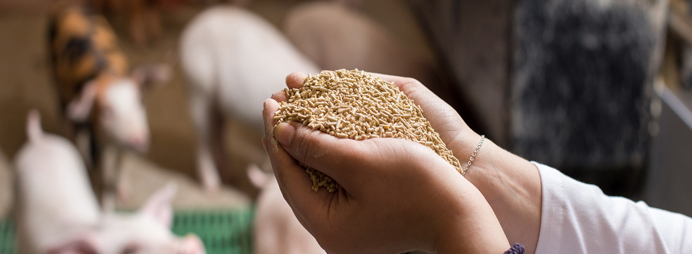
Replacement of Corn and Soybean Meal: Rice bran can replace 25%–30% of corn, reducing feed costs. However, acidity must be controlled (acid value <13.17 mg KOH/g) to prevent a decline in energy value.
Effects: Inclusion at 10%–20% improves daily weight gain and feed conversion ratio. Exceeding 30% may cause diarrhea due to rancidity and high fiber content.
2. Poultry Feed
Broilers: Rice bran should be limited to <15% of the diet, with acid value <9.74 mg KOH/g, to avoid growth suppression.
Laying Hens: Partial replacement of corn with rice bran can enhance egg quality, but inclusion should not exceed 20% to prevent reduced egg weight. Antioxidants (e.g., vitamin E) are recommended to prevent rancidity.
Ducks and Geese: Their tolerance for high-fiber diets allows rice bran inclusion up to 18%, improving fatty acid profiles (e.g., increased n-3 fatty acids).
3. Ruminant and Aquaculture Feed

Cattle and Sheep: As a concentrate supplement, rice bran can increase milk yield and improve meat quality, though fermentation is recommended to reduce acidity.
Fish and Shrimp: Rice bran can partially replace fishmeal to lower costs, but lipid oxidation risks must be managed.
III Current Challenges and Improvement Strategies
1.Control of Antinutritional Factors
Phytic Acid: Constitutes 6%–10% of rice bran dry matter, forming insoluble complexes with minerals like calcium and iron. Supplementing with phytase or lipase inhibitors can enhance nutrient absorption.
Trypsin Inhibitors: Impair protein digestion by inhibiting trypsin activity. Heat treatment or enzyme supplementation can alleviate this issue.
2. Rancidity and Stability
Rice bran is highly susceptible to oxidative rancidity, with a shelf life of less than two weeks. Defatting or stabilization (e.g., adding antioxidants) can improve stability.
Defatted rice bran has lower acidity but reduced energy density, requiring enzyme supplementation to prevent diarrhea. Adding 0.2%–0.5% vitamin E or sodium sulfite can delay oxidation, reducing acidity variability by up to 30%.
3. Risks of Overuse
High inclusion rates (>30%) may cause soft body fat in pigs or reduced egg production in layers. Strict control of inclusion levels is necessary.
Mold contamination is a concern; spoiled rice bran must be avoided to prevent animal diseases.
4. Storage Management
Control moisture activity (<10%), temperature (<25°C), and microbial load to minimize rancidity.
The application of rice bran in feed is evolving from a single energy source to a diversified, high-value ingredient. However, addressing issues such as antinutritional factors and rancidity requires technological innovation and scientific management. Future efforts should focus on exploring its potential in precision nutrition and environmentally friendly feeds, as well as its synergistic use with enzymes and antioxidants.

